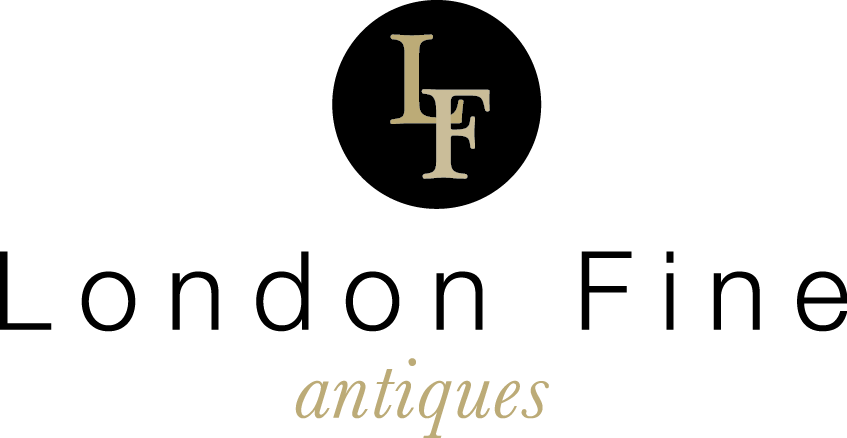Negretti & Zambra
Negretti & Zambra
of 38 Holborn Viaduct, London, EC (1914)
of 5 Leadenhall St, E.C.3. (1921)
Factory: Half Moon Works. Barnsbury, N .L (1921)
of 122 Regent Street, London, W1. Telephone: Regent 3406. Cables: "Negretti, Piccy, London". (1921)
The firm Negretti and Zambra was a photographic studio and producer of optical and scientific instruments based in London.
1850 Company founded. Henry Negretti and Joseph Zambra who formed a partnership; the firm would eventually be appointed optical instrument makers to Prince Albert, the Royal Observatory and the British Admiralty[1]
The Company later gained patents to improve on the design and construction of its instruments, and in 1851 gained a patent to make thermometers.
1853 When the Crystal Palace was re-erected in Sydenham, Negretti and Zambra became the official photographers of the Crystal Palace Company, which allowed them to photograph the interior and grounds of the new building. The firm made use of this access to produce a number of stereographs.
Between 1855 and 1857 Negretti and Zambra commissioned photographer Pierre Rossier to travel to China to document the Second Opium War. Although Rossier subsequently was unable to accompany to Anglo-French forces in that campaign, he nevertheless produced a number of stereographs and other photographs of China, Japan, the Philippines and Siam (now Thailand), which Negretti and Zambrapublished and that represented the first commercial photographs of those countries.
1856 Negretti and Zambra sponsored a photographic expedition to Egypt, Nubia and Ethiopia conducted by Francis Frith.
More than 500 stereographs of Frith's voyage were produced by the firm between 1857 and 1860.
1863 Henry Negretti took the first aerial photographs of London from a balloon.
1864 Negretti and Zambra (themselves) photographed Shakespeare's House, Stratford-on-Avon. A sepia photograph was then pasted onto card 4" × 2.5". This was then presented to visitors to the Crystal Palace to enable them to compare it with the model erected by Mr E. T. Parr in the Centre Transept. The card itself is headed "Crystal Palace April 23rd 1864." That year they also published a book, titled A Treatise on Meteorological Instruments, (which was reprinted in 1995).
1908 Cataologue included various types of thermometer, barometer, binoculars, microscopes, ships compasses, mathematical instruments.
1910 Exhibited at the Physical Society's Exhibition[2]
1914 Opticians and scientific instrument manufacturers; also foreign merchants and shippers. [3]
WWI Almost entirely engaged on production of various instruments for the Ministry of Munitions.
1920 at the request of the Air Ministry produced and patented a mercury-in-steel distance thermometer for taking oil and air temperatures in aircraft.
Similar instruments developed for use in industrial processes, boiler and marine uses.
Other instruments were developed to meet Air Ministry requirements such as boost gauges, transmitting oil pressure gauges and transmitting fuel pressure gauges for use in aircraft.
1921 See the Telescopes Catalogue (List No. D. 2.), showing;
• The Wee Macgregor Telescope
• The Macleod Telescope
• The Laird Telescope
• The Gillie Telescope
• The Rambler Telescope
• The Trail Telescope
• The Army Signalling Telescope
• The Colonial Telescope
• The Pioneer Telescope
• The Army (Mark IV) Telescope
• The Two Twenty Telescope
• The Experientia Docet Telescope
• The Pilot Telescope
• The Officer of The Watch Telescope
• The Yachting Telescope
• The Royal Mail Telescopes
• The Whaling Telescope
• The Sealing Telescope
• The Signal Station Telescope
• The Coastguard Telescope
• The Look Out Telescope
• The Public School Telescope.
1930 Another very important development was the hardened and tempered steel diaphragm for boost control of aero engines. Other instruments were electrical resistance thermometers and thermocouple pyrometers, pressure and draught gauges, also automatic control instruments. At the request of the Air Ministry and several prominent aero engine manufacturers, developed and patented a fuel flow-meter.
1937 Aircraft scientific instruments. [4]
1939 See Aircraft Industry Suppliers
WWII The Government provided a factory at Chesterfield for manufacture of aircraft instruments and boost controls, where 450 people were employed. Meanwhile the works in London were making other essential instruments. The Ministry of Aircraft Production also provided premises at Chobham, Surrey, where other production and research were carried out. The diaphragm boost controls were also manufactured in the U.S.A. under licence.
1946 Private company.
1947 Listed Exhibitor - British Industries Fair. Manufacturers of Industrial, Aeronautical and Meteorological Instruments. (Olympia, Ground Floor, Stand No. A.1076) [5]
1948 Company made public.
1950 Negretti and Zanbra had 821 employees in Britain.
1961 Manufacturers of industrial, scientific, meteorological and aeronautical instruments and aero-engine controls. 1,200 employees. [6]
1964 In order to increase production and to safeguard future development purchased a modern factory at Aylesbury for all their production.
1981 Losses worsened, especially at Negretti Automation and Sepkarn; Negretti was taken over by a group of financial institutions in the form of Western Scientific Instruments[7]
[8]
1985 Negretti was acquired by Meggitt Holdings
Resources
- Negretti and Zambra
- The Times, Dec 12, 1910
- 1914 Whitakers Red Book
- 1937 The Aeroplane Directory of the Aviation and Allied Industries
- 1947 British Industries Fair p198
- 1961 Dun and Bradstreet KBE
- The Times, Jan 30, 1981
- The Times, Jul 02, 1985
- [2] Wikipedia
[3] Graces Guide

